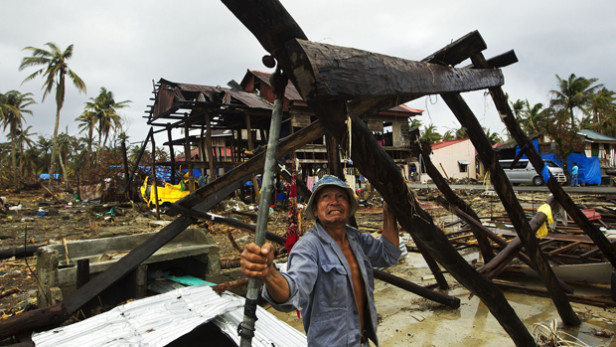China Piles Troops, Tanks, Artillery And APCs Near Vietnam Border

A Bradley Attack Vehicle troop transport of the Chinese military, is seen in Kunming, Yunnan, in Southwest China. Chinese netizens have posted several photos showing the Chinese military moving toward the Vietnamese border. (Weibo.com)
Chinese netizens have been posting photographs of the large movement of the People’s Liberation Army, many of them showing Chinese troops in full combat gear heading to the local train station in Chongzuo, along with military vehicles.
One netizen said the Chinese military was taking the train from the Chongzuo station to Pingxiang City, which shares a 60-mile border with Vietnam. The netizen said that the Huu Nghi Border Gate to Vietnam is also now closed.
Why is China doing this? Simple: “One netizen, with the username Zhiyuan0703, echoed a common sentiment on the Chinese social media site, “Conflict between China and Vietnam is imminent.”
And just in case the US gets any ideas to support its one time foe, China has already taken measures:
Fang Fenghui, the Chinese military’s chief of the general staff, spoke with reporters at the Pentagon on May 15, alongside U.S. Joint Chiefs of Staff Chairman Gen. Martin Dempsey.
Fang defended China’s oil drilling in disputed waters with Vietnam. He also warned the United States on taking sides, saying through a Chinese translator “there is possibility that these issues could affect or disturb the relationship between the two countries and two militaries.”
White House press secretary Jay Carney reiterated the U.S. stance on China’s oil rig, however, during a May 15 press briefing.
He said China’s oil rig, which the Chinese regime has accompanied with “numerous government vessels” is a “provocative act and it raises tensions in the region, and by raising tensions makes it more difficult to resolve claims over disputed territory in a manner that supports peace and stability in the region.”
Carney said the United States takes no position on the territorial claims, but, “We do take a position on the conduct of the claimants who must resolve their disputes peacefully, without intimidation, without coercion, and in accordance with international law.”
Regarding China’s oil rig and the tensions that have formed around it, Carney said, “We consider that act provocative and we consider it one that undermines the goal that we share, which is a peaceful resolution of these disputes and general stability in the region.”
Chinese troops carrying anti-tank weapons are seen marching in Guangxi Province, near the border with Vietnam. Local netizens report a strong smell of gunpowder. (Weibo.com)
A convoy of Chinese military vehicles are seen in Fangchenggang City in Guangxi, near the Vietnam border. (Weibo.com)








